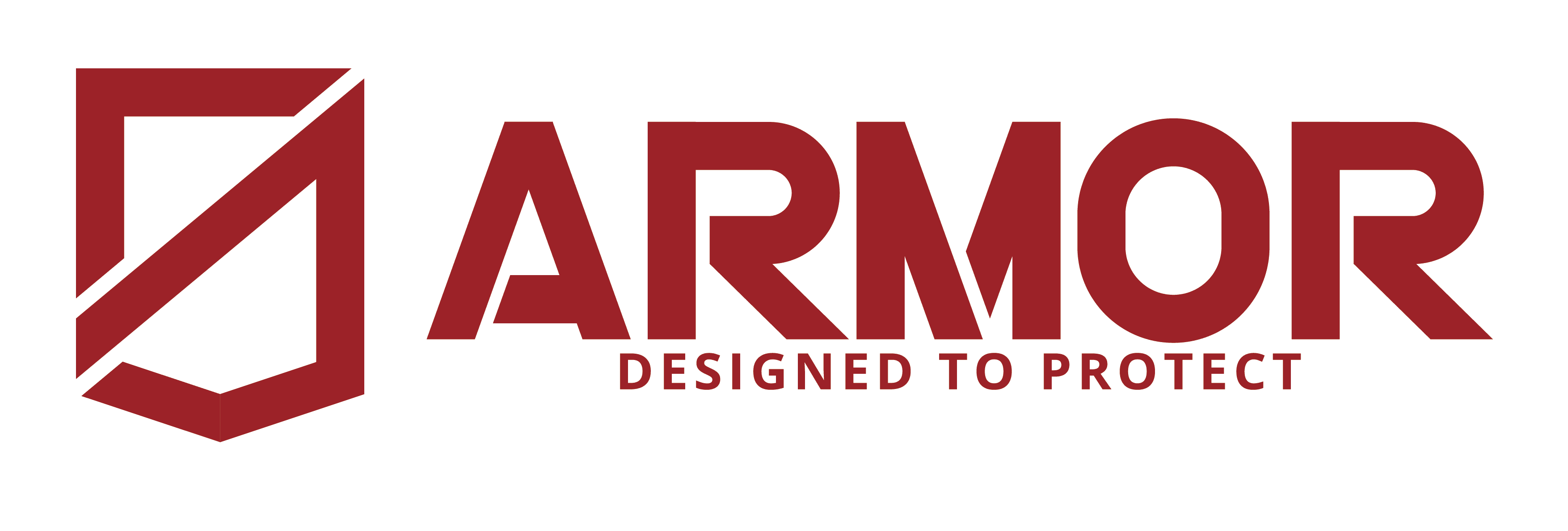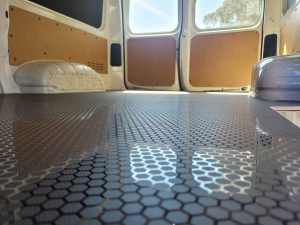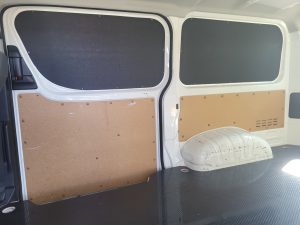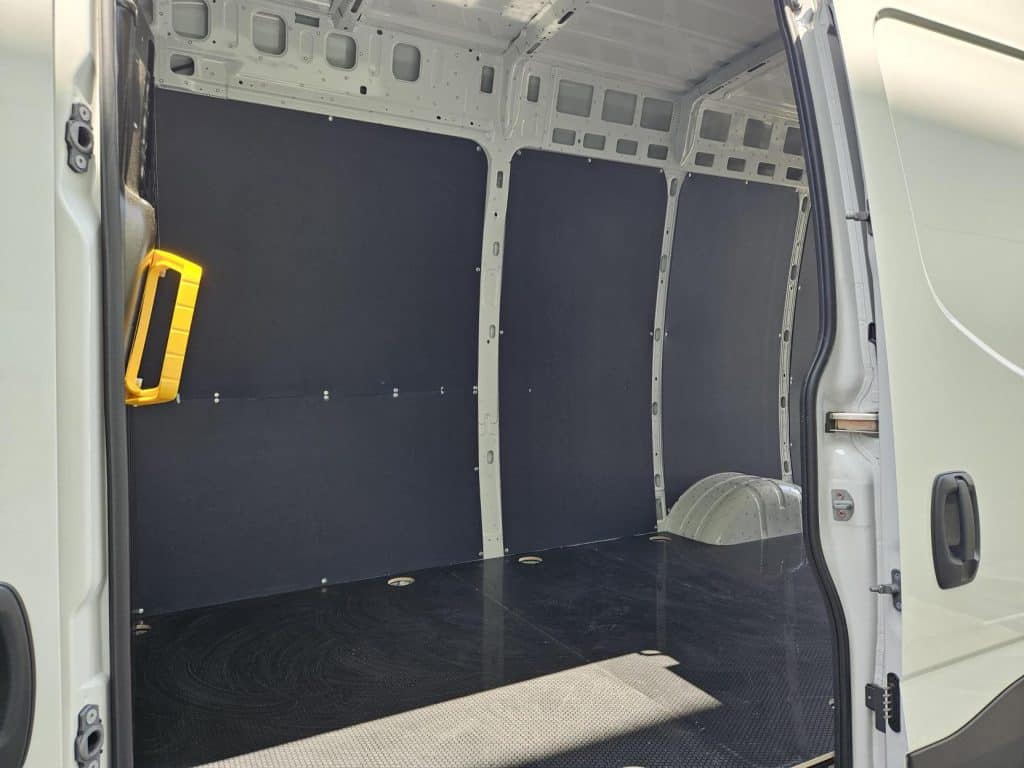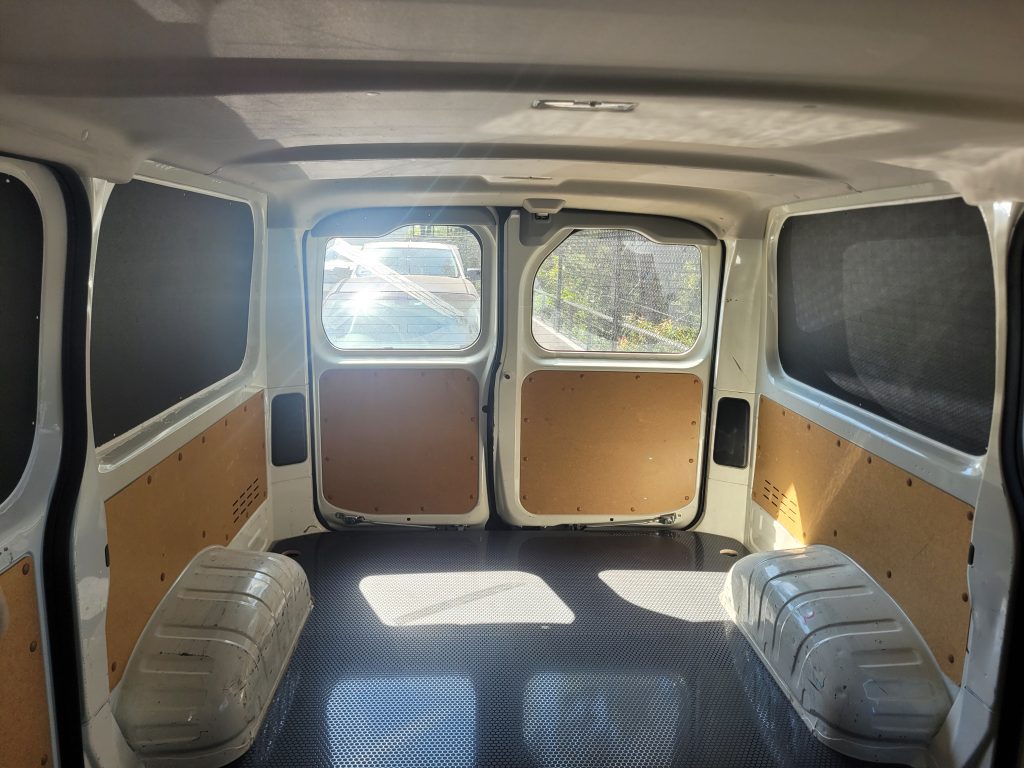Delivery and rental vehicles need van lining due to its role in protecting both the vehicle and the goods being transported. For businesses that rely on commercial vehicles to move products, equipment, or other cargo, van lining ensures that the interior remains in good condition despite the constant loading and unloading of items. Without proper lining, the interior of a van can quickly deteriorate, leading to scratches, dents, and other damage that can diminish the vehicle’s value and functionality over time.

Delivery and Rental Vans
One of the main reasons van lining is essential for delivery and rental vehicles is the protection it provides to the cargo. During transit, items can shift or move, potentially causing damage to both the goods and the van’s interior. Lining the walls and floors with durable materials like polypropylene or marine-grade plywood offers a cushioned layer of protection that prevents damage from impacts or movement. This is particularly important for rental vehicles, where a wide variety of items are transported, often by different drivers who may not be familiar with the van’s load capacity or handling characteristics. The lining ensures that the vehicle can withstand heavy use without sustaining major damage.
Van lining also helps businesses maintain cleanliness and organization within the cargo space. Delivery and rental vehicles often see high turnover in terms of the goods they transport, leading to potential messes, spills, or debris accumulating inside the van. Polypropylene panels, for instance, are easy to clean and resistant to moisture, making them ideal for businesses transporting food, medical supplies, or other goods that require sanitary conditions. By installing van lining, businesses can ensure that their vehicles remain clean and ready for use, reducing the time spent on maintenance and increasing operational efficiency.
For rental vehicles, where different customers use the vans for various purposes, van lining offers added protection against misuse or wear and tear. Customers may not handle rental vans with the same care they would their own vehicles, leading to a higher likelihood of damage. Van lining acts as a safeguard, minimizing the risk of costly repairs by absorbing impacts and reducing the chance of permanent damage to the vehicle’s interior. This not only preserves the van’s resale value but also reduces downtime between rentals, allowing rental companies to keep their vehicles in service for longer periods.
Safety is another critical factor in why van lining is crucial for delivery and rental vehicles. Non-slip flooring materials, such as rubber or textured polypropylene, can be used to prevent accidents during loading and unloading. Slippery surfaces can lead to falls or other injuries, especially when workers or customers are carrying heavy or awkwardly shaped items. Installing van lining with non-slip properties ensures that employees and customers can safely navigate the cargo space, reducing the risk of accidents and potential liability for the business. In industries where safety regulations are stringent, such as logistics or food transport, having a properly lined van can help companies remain compliant with safety standards.
The role of van lining in noise reduction is another key consideration for businesses. Delivery vehicles often transport goods across long distances, and the constant rattling or shifting of cargo can create distracting noise. Properly installed van lining, especially materials with sound-dampening properties like plywood or rubber, can help reduce noise levels inside the van. This makes the driving experience more comfortable for drivers, especially during long shifts, and creates a quieter environment that improves focus and safety on the road.
In conclusion, van lining is a critical investment for delivery and rental vehicles. It protects the vehicle’s interior, shields cargo from damage, enhances safety, and helps maintain cleanliness and organization. For rental companies, van lining adds an extra layer of protection against frequent use, reducing the need for repairs and ensuring that vehicles stay on the road longer. For delivery businesses, the benefits extend to improved operational efficiency and compliance with safety standards. Whether for protecting valuable goods or ensuring that a vehicle remains in top condition, van lining is an essential component of a well-maintained commercial fleet.
